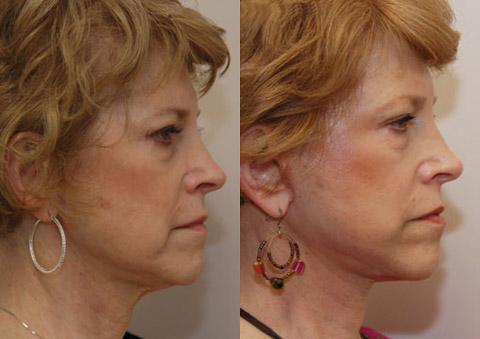
Implant complications is one of the biggest risks in breast augmentation. After breast augmentation, infection can result in stretch marks and/or an infection. Breast implants can become painful and hard over time. It may be necessary to have them removed or replaced. Breast implants can also be affected by changes in hormone levels, pregnancy, and menopause. Your mammogram may be affected by breast implants. This could make detection of breast cancer harder.
Fat transfer for breast-augmentation
You should be aware of the risks involved in fat transfer for breast enhancement before you undergo it. Breast cancer is more likely to be caused by fat grafts in women who are at high risk. Fat grafts have the potential to increase breast cancer-prone tissue growth. These risks should be discussed with your plastic surgeon prior to you deciding to undergo the procedure. Fat graft will not work in all cases and there are risks.

Implants can be misplaced
Even though a malposition of an implant may not be the reason for unsatisfactory results, it could lead to revision surgery. The implant may not fit properly in the breast pocket. Your surgeon may place your implant higher than necessary during surgery. This could eventually cause an upper bulge, or a nipple tilt.
Infections
Infections associated with breast augmentation are not uncommon, although the majority of these infections are rare. An infection will affect approximately one in 10 patients. Infection symptoms usually develop within two weeks of breast augmentation surgery. Redness, heat and erythema are all signs of infection. These symptoms may be enough to prompt surgeons, even if the germs are not identified, to begin antibiotic therapy.
Stretch marks
One of the side effects of breast implants is stretch marks. These are tiny tears in your dermis and can cause discomfort. They come in a variety of colors, including purple and red. Most women develop stretch marks during pregnancy or weight gain, and they may be more susceptible to them due to genetics. These are some of the ways you can avoid stretch marks after breast-augmentation. They will also help you feel confident in your new body.
Rate of death from rupture
The death rate following a rupture of a breast implant is higher than the overall mortality rate of women. This is because breast implants can increase the risk of suicide. Many researchers believe that breast implants may be linked to suicide risk. While the rate of suicide among breast implant wearers is higher than that of women who did not undergo breast implants, the researchers do not know why.

Revision surgery
There are risks involved in breast augmentation revision. You should discuss any concerns with your surgeon before the procedure. The breasts may experience swelling after the procedure. However, the skin should return to normal within a few days. You may experience some numbness in the breasts. This should go away in about a week. Your breasts will appear symmetrical until the swelling subsides.